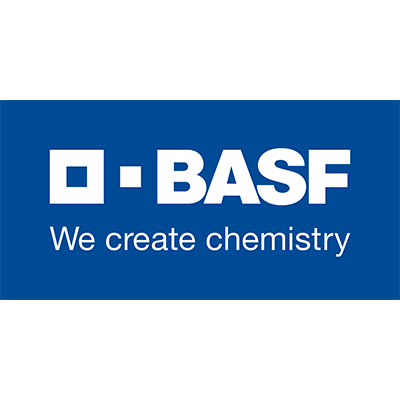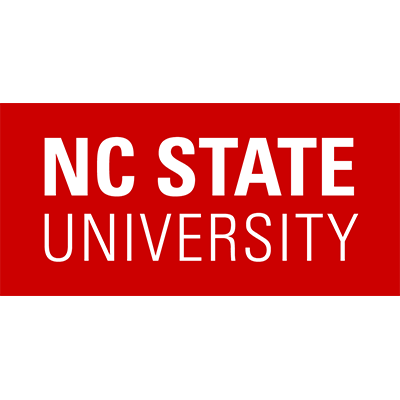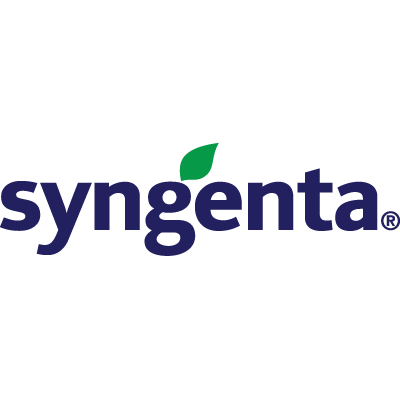
Igniting more soybean growers to actively manage SCN
SCN Profit Checker
You may know SCN is lurking in your fields, but do you know how much it’s costing you? Our new SCN Profit Checker tool tells you. Powered by data collected from 25,000+ university research plots, this tool defines that economic toll, field by field, driving home the need for active SCN management.
SCN Overcoming
Resistance.
It’s similar to the herbicide resistance problem. After 20+ years of farmers using the same source of soybean cyst nematode (SCN) resistance, nature is finding a way around it.
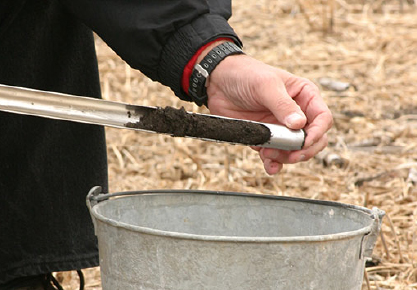
Take the test.
Know your numbers.
Managing SCN involves more than just planting an SCN-resistant variety. You need to know your numbers. Here’s why:
- Nearly all SCN-resistant varieties have the same source of resistance: PI 88788.
- SCN populations are adapting and reproducing on PI 88788 — they’re becoming resistant to the resistance.
- As SCN reproduction increases, yield decreases.
When is the last time you tested for SCN? Get state-specific soil testing recommendations.
That’s why The SCN Coalition recommends that you work with your advisors to develop a plan to manage SCN:
Test your fields to know your numbers

Rotate resistant varieties
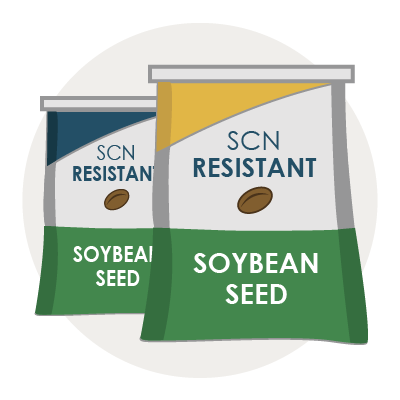
Rotate to non-host crops
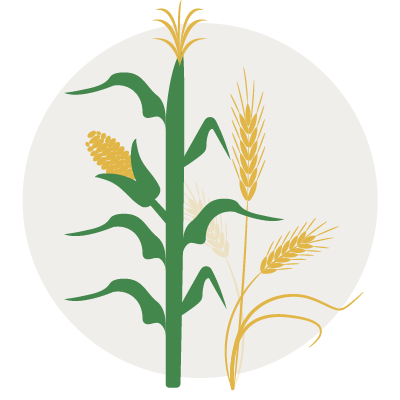
Consider using a nematode-protectant seed treatment
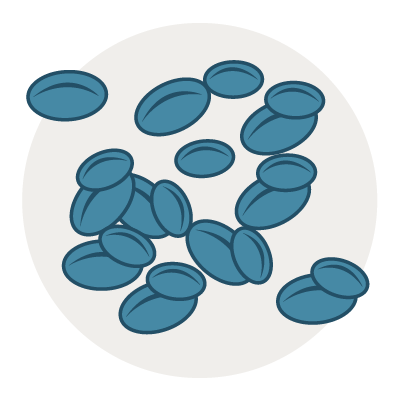
More soybean growers are actively managing SCN.
In 2024, The SCN Coalition repeated quantitative research that took place in 2015 and 2020 to determine if its messaging translated to adoption of active SCN management. The results are staggering; showing between 9% and 20% more are actively managing SCN than in 2015. That translates to tens of thousands of farmers, millions of acres and hundreds of millions of dollars.
Farmers Soil Sampling For SCN
- 2015 18%
- 2020 19%
- 2024 27%
Farmers Rotating Sources of Genetic SCN Resistance
- 2015 39%
- 2020 49%
- 2024 56%
Farmers Using Peking As a Source of SCN Resistance
- 2015 15%
- 2020 25%
- 2020 27%
Farmers Using Nematode-Protectant Seed Treatment
- 2015 22%
- 2020 40%
- 2024 42%




